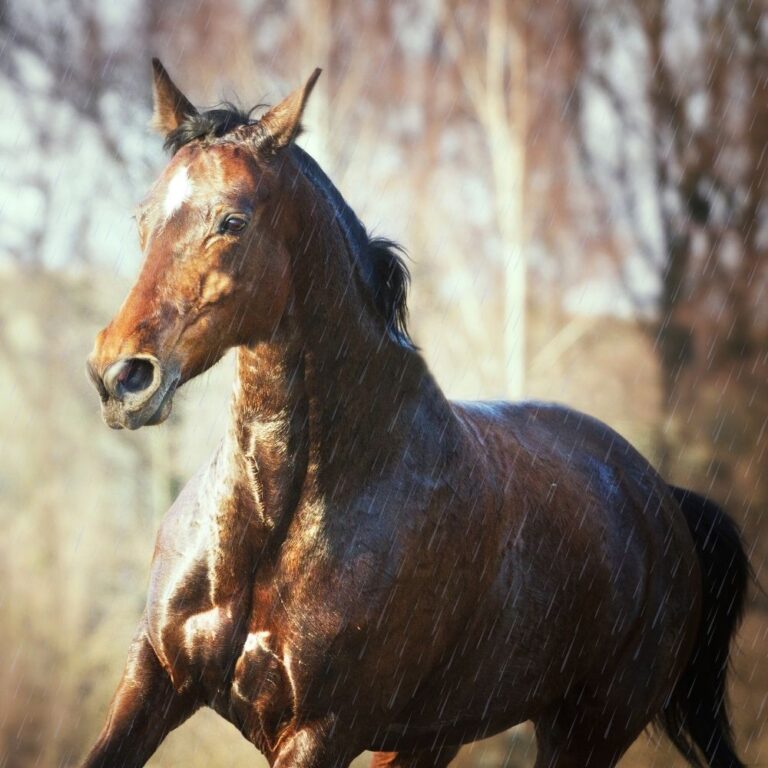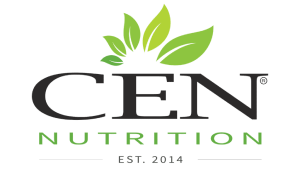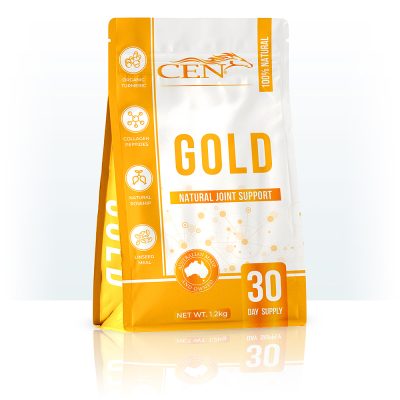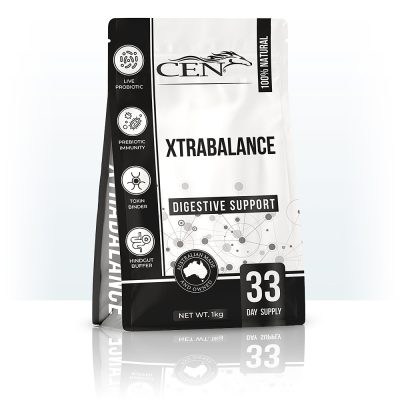
WHAT IS RAIN SCALD?
Have you ever noticed that your horse’s coat looks a little worse for wear after a big downpour? The matted clumps of hair and crust is known as Rain Scald. Rain Scald is caused by bacteria entering the surface layer of the skin and causing an infection.
SIGNS & SYMPTOMS OF RAIN SCALD
Rain scald will initially present as scabs along the back and face of the horse.
Equine Veterinary Education (2007, para. 2) states that “Early lesions appear as a mildly painful, nonpruritic exudative dermatitis… this gives the skin a hard ‘cardboard-like’ feeling”.
Being a condition of the skin, visible indications of rain scald may look the same as allergies or toxins which can result in confusion when diagnosing. It is important to look at all factors including nutrition and environment.

Rain Scald, also known as dermatophilosis, is an infection on the skin caused by the bacterium Dermatophilus Congolensis. This bacterium normally inhabits the skin of the horse, however, with constant exposure to moisture or if damage to the skin occurs infection may become present.
Horses may exhibit symptoms such as:
- Itchy skin
- Bald patches
- Hair falling out
- Scabbing of coat
As mentioned above, rain scald can mimic the symptoms associated with Mycotoxins. Feeding a toxin binder (such as those found in CEN XtraBalance) may help differentiate between the two conditions and boost the immune system via the gastric environment due to the inclusion of pre and probiotics.
HOW CAN NUTRITION HELP PREVENT RAIN SCALD?
Ensuring the correct nutrition requirements are provided can assist with maintaining a horse’s coat and skin condition. Including essential fatty acids high in Omega 3 (CEN Oil – part of our Australian made horse supplements range) will not only help create a natural, protective barrier against the growth of the bacteria but can provide a natural anti-inflammatory which should be considered when looking to alleviate and eliminate the symptoms associated with Rain Scald. Feeding a complete and balanced diet not only helps the horse’s digestive, immune and overall health but essential amino acids, methionine and cystine, may help with hair regrowth.
In addition to the Omega 3 and Amino acids, trace minerals such as zinc are essential and are a major contributor to the health of the skin and coat and prevent the thickening of the horse’s skin which may eventuate in the loss of hair (Kohnke, Kelleher & Trevor-Jones 1999).
Furthermore in severe cases, to help reduce the irritation and inflammatory response through nutrition, CEN Gold can be useful in combination with a strong nutrient profile to assist the immune system.
The CEN Gold formulation helps the body heal itself by activating the NRF-2 pathway and also inhibits the COX-2 enzyme to help provide relief from pain and inflammation.
Written by Magellan Jandt
Equine Nutrition Specialist
Sub-editor Bryan Meggitt (BMedSc. PGCrtMedSc.)
Senior Scientist and Co-founder of CEN Horse Nutrition
References:
- Canberra Equine Hospital 2020, Greasy Heel, viewed 1 February 2022,
Greasy Heel – Canberra Equine Hospital | Horse Vets - https://extension.psu.edu/rain-rot-in-horses
- Equine Veterinary Journal, R.C Pilsworth & D. Knottenbelt, P 212 Skin Diseases Refresher: Dermatophilosis (rain scald)
- The University of Edinburgh, The Dick Vet Equine Practice 26 May 2022, Mudfever & Rain Scald Fact Sheet, viewed 5th July 2022, https://www.ed.ac.uk/sites/default/files/imports/fileManager/dveprainscald.pdf
- Kohnke, JR, Kelleher, F & Trevor-Jones, P 1999, Feeding Horses in Australia: A Guide for Horse



